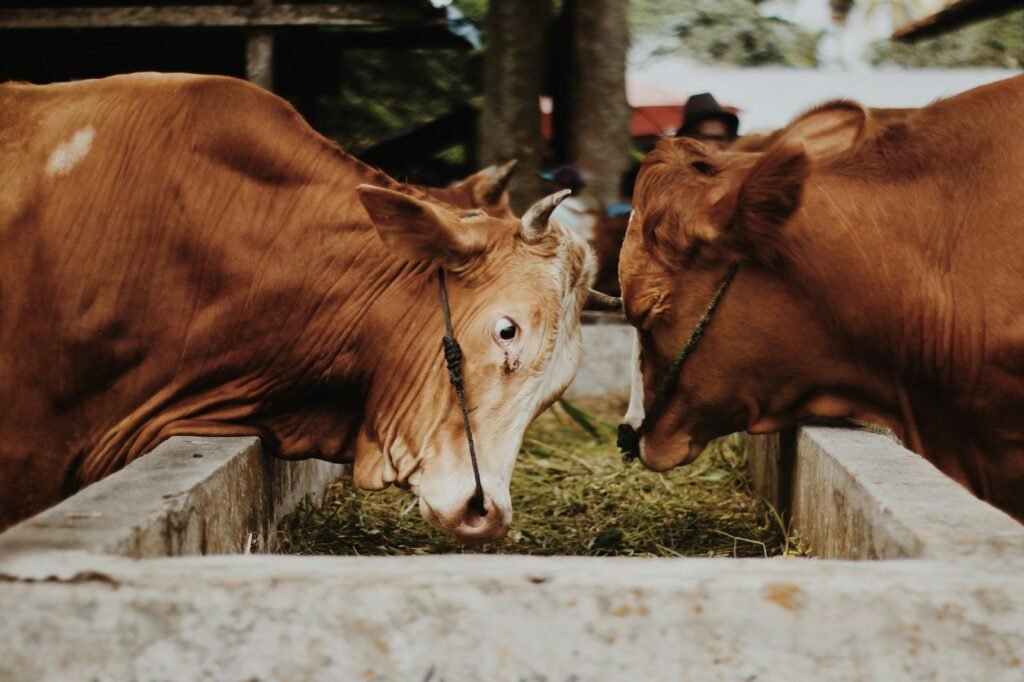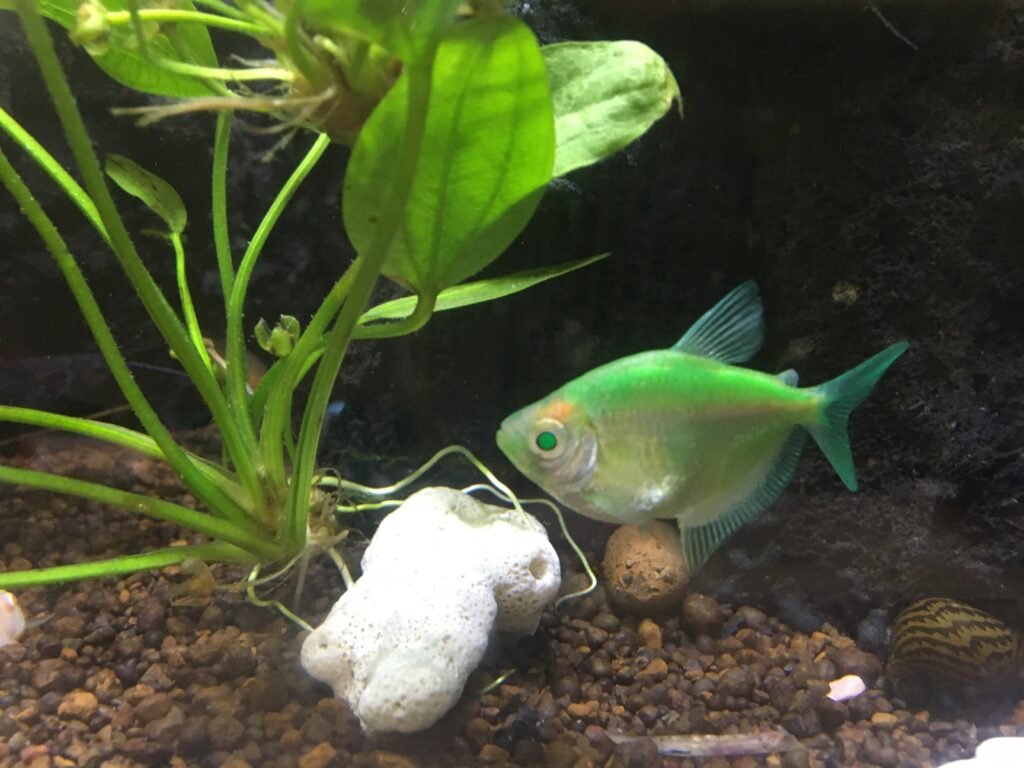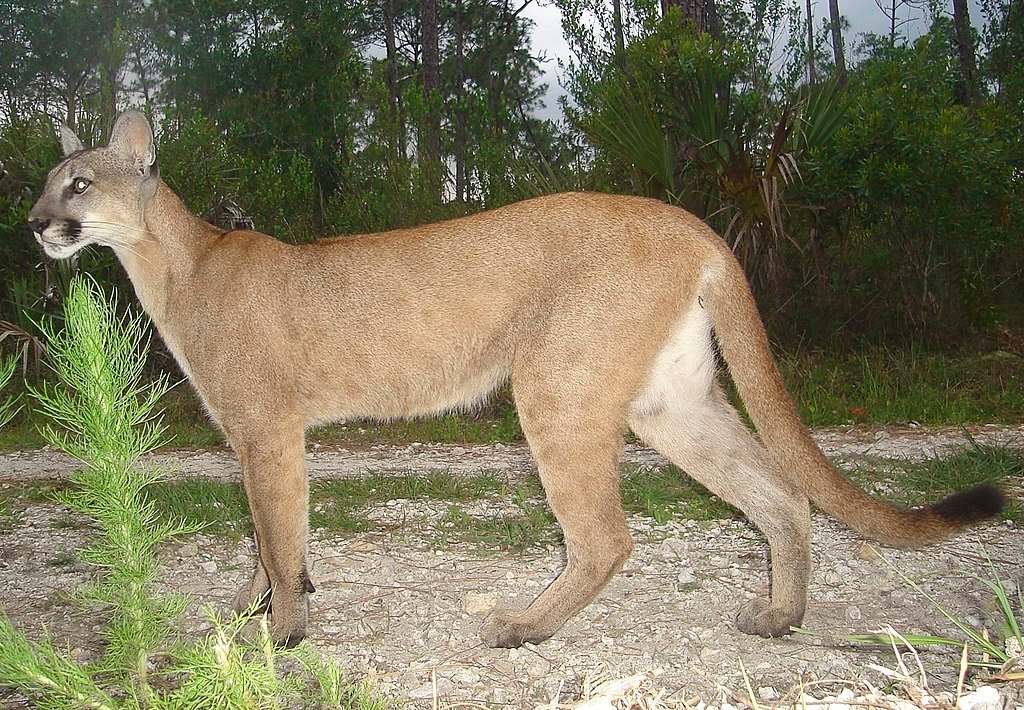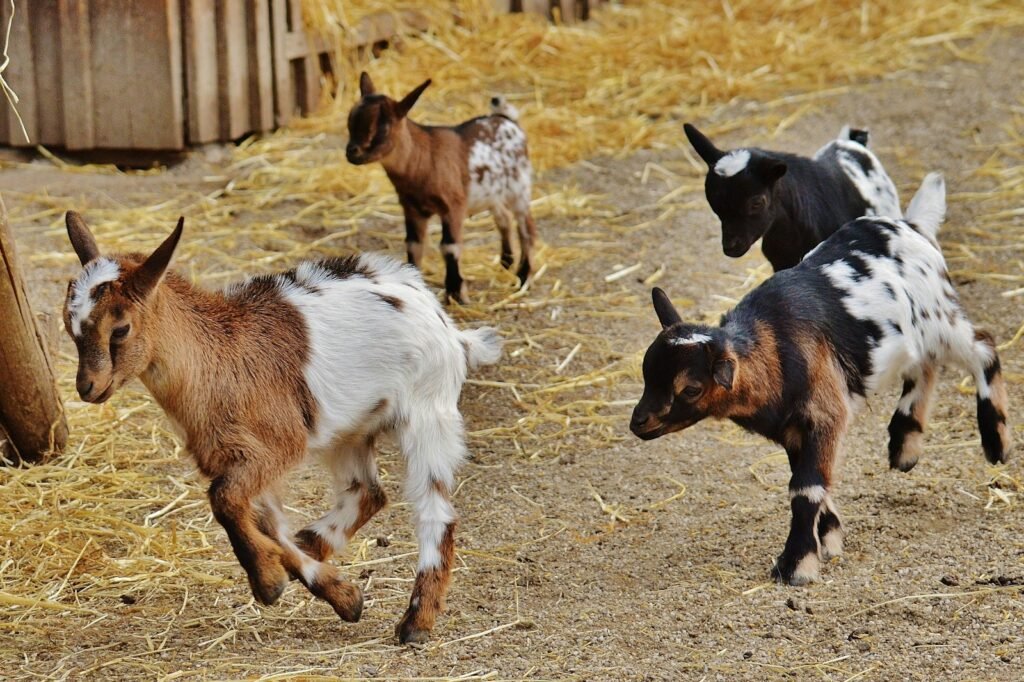The rapid advancements in genetic modification are reshaping numerous fields, from agriculture to medicine. In conservation, genetically modified animals (GMAs) offer a revolutionary approach to combating biodiversity loss and addressing environmental challenges. By enhancing the adaptability and resilience of species, genetic modification may play a pivotal role in safeguarding ecosystems and ensuring the survival of endangered species.
The Science Behind Genetic Modification

Genetic modification involves altering the DNA of an organism to introduce, enhance, or suppress specific traits. Techniques like CRISPR-Cas9 have revolutionized the field, allowing for precise edits to the genome. While widely known for their application in crops, these tools are now being adapted to animals to enhance their ability to combat diseases, survive environmental changes, and thrive under challenging conditions.
Enhancing Resistance to Disease and Climate Change

A key advantage of GMAs is their potential to improve resilience to disease and environmental stressors. As ecosystems face unprecedented disruptions due to climate change, many species struggle to adapt. Genetic modifications can equip animals with traits that enable survival in warmer climates, resist infectious diseases, or tolerate new ecological pressures. For example, genetic engineering could help amphibians combat chytrid fungus or increase coral resilience to ocean acidification and warming.
Restoring and Protecting Endangered Species

For critically endangered species, genetic modification offers hope for recovery. Populations with low genetic diversity are particularly vulnerable to extinction due to inbreeding and disease susceptibility. Genetic engineering can introduce diversity into their gene pools, bolstering their ability to adapt and survive. For instance, introducing alleles that confer disease resistance or fertility improvements could help stabilize declining populations.
Conservation Challenges and Ethical Considerations

While the potential benefits of GMAs are immense, their implementation raises significant ethical and ecological concerns. The release of genetically modified organisms into the wild could disrupt existing ecosystems, unintentionally harming native species or altering predator-prey dynamics. Genetic modifications may also have unforeseen effects that ripple through an ecosystem. Additionally, the idea of human intervention in natural evolutionary processes raises philosophical and moral questions. Do we have the right to alter species, and at what cost to their inherent nature? Addressing these challenges requires rigorous research, long-term monitoring, and the establishment of stringent regulatory frameworks.
Case Studies: Successful Genetic Modification in Conservation

Real-world examples illustrate the potential of genetic modification in conservation. Scientists are exploring genetic edits to enhance resistance to plague in black-footed ferrets, a major threat to this endangered species. Efforts to genetically modify American chestnut trees for blight resistance could restore ecosystems dependent on this once-dominant species. In marine environments, genetic engineering aims to create corals that can withstand rising ocean temperatures, offering a critical step toward preserving marine biodiversity.
The Role of Public Perception and Policy

Public acceptance and policy frameworks are vital to the success of genetic modification in conservation. While the public often supports conservation initiatives, genetic modification can evoke skepticism due to ethical and safety concerns. Transparent communication about the benefits, risks, and safeguards of genetic interventions is crucial for building trust. Clear, science-based policies are also necessary to ensure responsible use and prevent misuse.
Future Prospects and Innovations

The future of GMAs in conservation is filled with exciting possibilities. Advances in synthetic biology, gene drives, and conservation genomics could offer even more precise and effective tools for ecological restoration. However, these innovations must be balanced with a commitment to biodiversity protection, ethical considerations, and ecosystem integrity.
Conclusion: A Promising, Yet Cautious Path Forward

Genetically modified animals present a powerful opportunity to address some of the most critical challenges in conservation. From bolstering disease resistance to aiding adaptation in a changing climate, GMAs hold promise for preserving biodiversity and protecting vulnerable species. However, their implementation must proceed with caution, guided by ethical principles, scientific rigor, and collaborative decision-making. With responsible innovation, genetic modification could transform conservation efforts, offering hope for a sustainable and thriving natural world.




